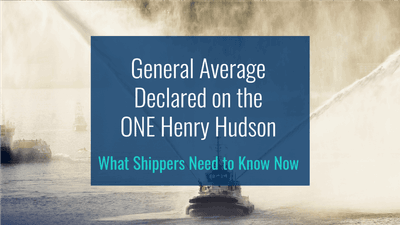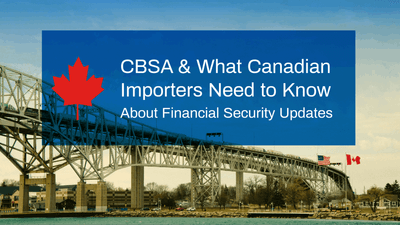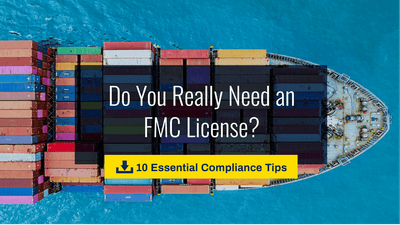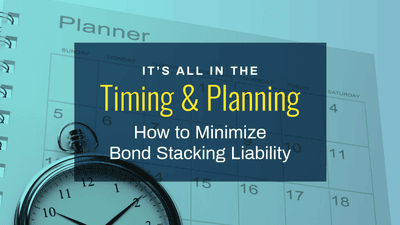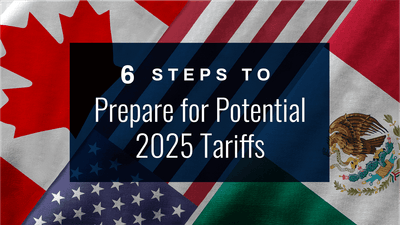January 20, 2015 | Customs Bonds
eBond: Post Deployment Update

eBond deployed successfully on January 4, 2015. While the system is working efficiently, there are a few loose ends and issues that have arisen. For the next several weeks, the eBond Working Group[1] meets to discuss the issues and address solutions. We will keep you updated on any new developments.
How do I know which STB filing method to choose?
We created the following flyer in December which explains the various scenarios for filing of STBs. This same information was provided in CSMS Message 15-000018. Bottom line, only ACE cargo release transactions require an eSTB. If there is an ACS cargo release, a paper bond must be filed with the entry package at the port of entry.
There is some confusion regarding the filing of STBs for the Entry Summary Certified for ACE Cargo Release method of entry filing. It has been discovered that several years ago CBP instructed the field offices of CBP that the brokers should email STBs to ACE_STB@dhs.cbp.gov. The eBond working group is working with CBP to clarify the proper procedure for STB submission for this type of entry transaction. As previously stated over the past year, CBP intended to disable that email address.
ACE Cargo Release Availability
Today, only certain ports[2] support ACE Cargo Release (formerly known as Simplified Entry). Furthermore, only entry types 01, 03 and 11 are available in ACE Cargo Release with no PGA requirements. If you are not filing entries in any of the listed ports, you are not obtaining releases in ACE.
The foregoing notwithstanding, CBP requires that all ISF Appendix D single transaction bonds be eSTBs. FastBond™ takes care of this for you automatically.
eSTB Statistics
As of January 15, 2015 there are 2,364 electronic STBs accepted by CBP. There have been only 3 bond/entry matches for the STBs on file. While the total number includes both activity code 1 and 16 STBs, please note that if you chose ACE when executing an STB in FastBond™, it is likely not correct and you should void and re-issue as an ACS bond for printing and filing.
If you are not sure if your ABI system is pointing to ACE or ACS, please contact your software provider.
Secondary Notify Party
While the software vendors have not yet programmed their ABI system software with the Bond Status Notification messages as outlined in the CATAIR, it is important for you to provide us with your ABI routing code. If we have your code, it will be included in all eBond (STB and Continuous) transactions so you will receive any message available for the secondary notify party. The format for the code is on page BS-24 in the CATAIR chapter.
eSTBs and RLF
The use of eSTBs for Remote Location Filing (RLF) is not currently available because CBP believes Regulatory changes are required before this enhancement can be implemented in ACE.
[1] The eBond Working Group is made up of the TSN eBond Subcommittee, TSN Surety Account Subcommittee, CBP and other interested parties such as ABI/ACE Software Vendors.
[2] A customs broker can make arrangements with non-ACE CR ports if they wish to file ACE CR. Contact your CBP ABI Client representative for further direction.

